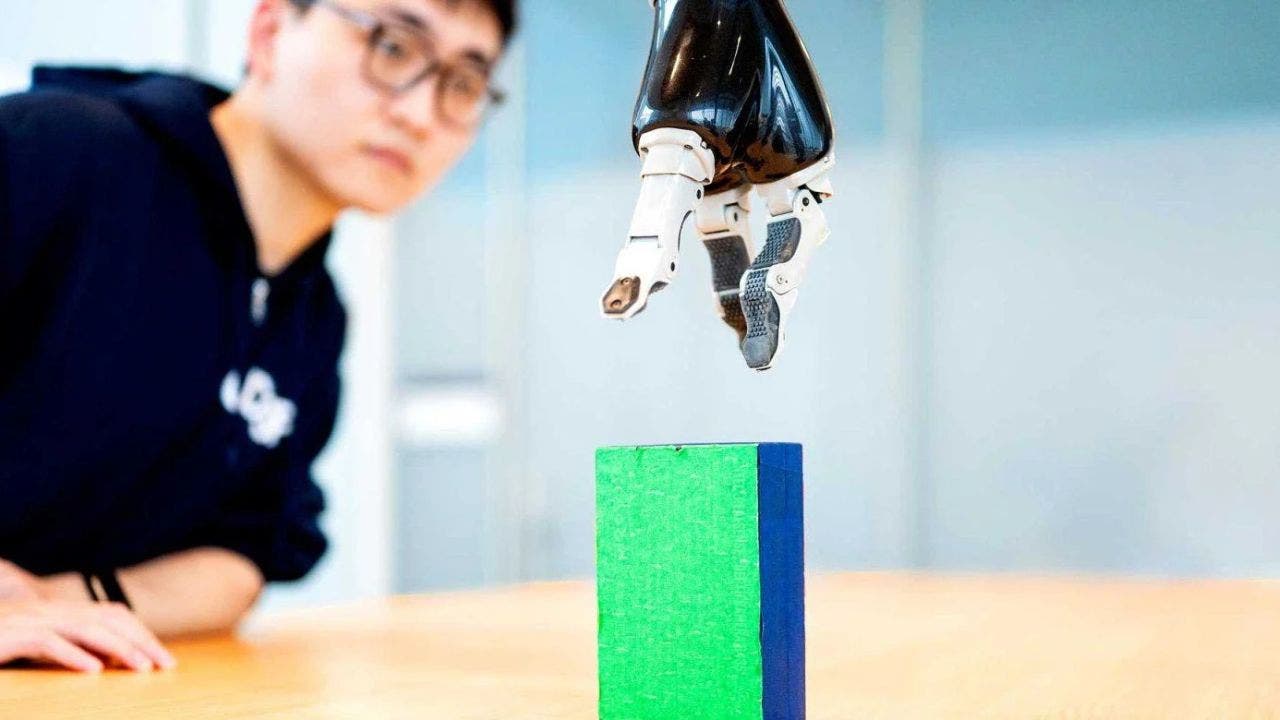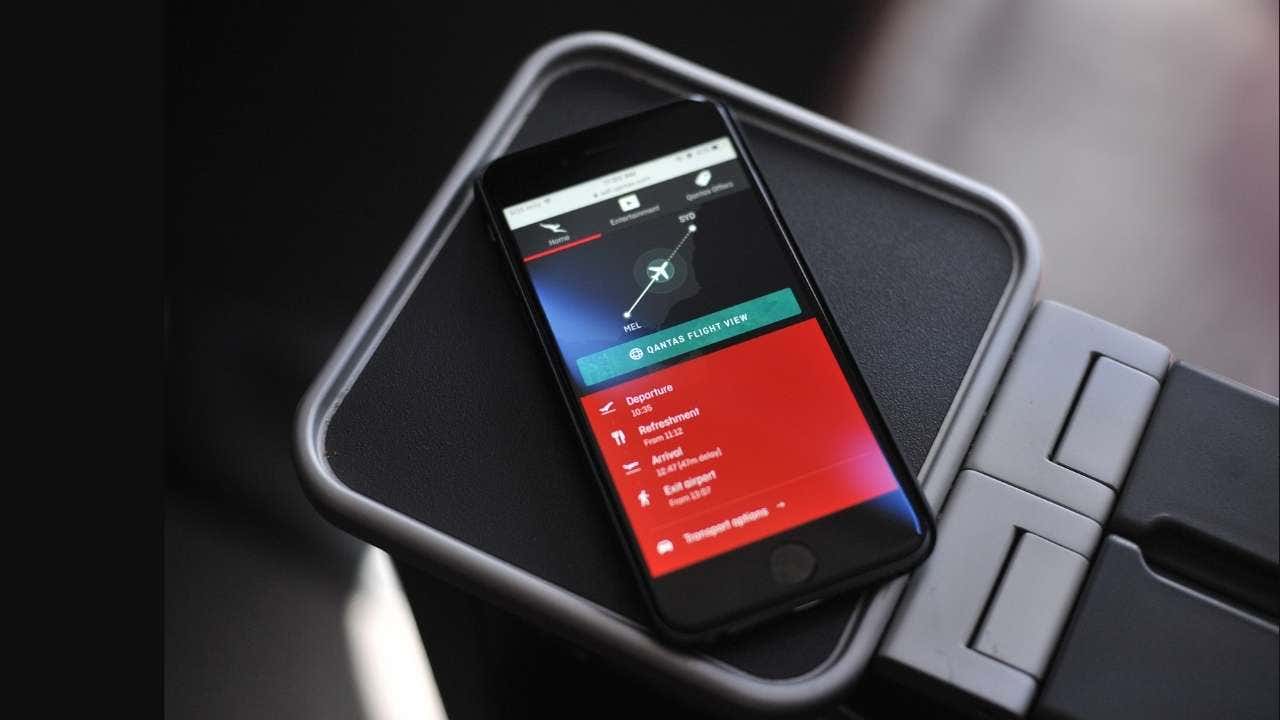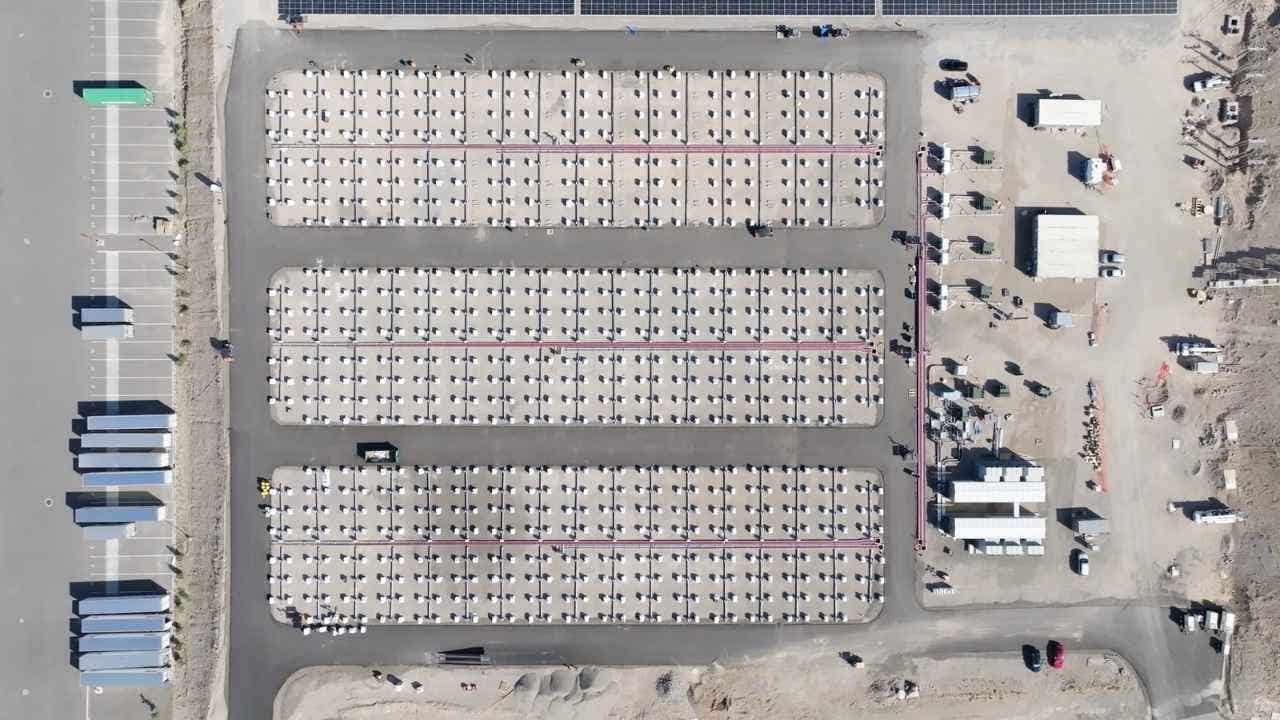AI enables paralyzed man to control robotic arm with brain signals

Researchers at UC San Francisco have made a remarkable breakthrough in brain-computer interface (BCI) technology, revolutionizing the way individuals with paralysis can interact with robotic devices using just their thoughts. This cutting-edge innovation combines artificial intelligence (AI) with neuroscience, allowing paralyzed individuals to control a robotic arm by simply imagining movements. This achievement represents a significant milestone in restoring autonomy to people with severe motor impairments.
The brain-computer interface (BCI) device developed by UC San Francisco represents a fusion of advanced AI and neural engineering. Unlike previous BCIs that often lost functionality after just a few days, this newly developed BCI has set a record by operating seamlessly for seven months without requiring major adjustments. The key to its success lies in the AI model’s ability to adapt to subtle changes in brain activity over time. As individuals repeatedly imagine movements, the AI refines its understanding of these neural signals, enabling more precise control of robotic devices.
Dr. Karunesh Ganguly, a neurologist and professor at UCSF, highlighted the importance of adaptive learning between humans and AI in achieving lifelike functionality in neuroprosthetics. By studying a participant who had been paralyzed by a stroke, Ganguly and his team were able to train the AI model to account for daily shifts in brain activity patterns. This research revealed that while the shape of brain activity representations remains consistent, their locations shift slightly from day to day, explaining why previous BCIs quickly lost their ability to interpret neural signals accurately.
The participant in the study practiced controlling a virtual robotic arm before transitioning to using a real robotic arm. With feedback on his imagined movements, he was able to master tasks such as picking up blocks, opening cabinets, and holding a cup under a water dispenser. Months later, he retained the ability to control the robotic arm with minimal recalibration, demonstrating the long-term reliability of the BCI system.
This breakthrough technology has profound implications for individuals with paralysis, offering the potential to improve daily tasks and quality of life significantly. Dr. Ganguly is optimistic about further refining the AI to enhance speed and fluidity in movement while testing the system in home environments. The integration of adaptive AI into BCIs opens up new possibilities in neuroprosthetics, providing hope for millions living with paralysis worldwide.
As AI-powered brain-computer interfaces continue to advance, the next steps in developing these technologies to improve daily life for individuals with paralysis will be crucial. With continued advancements, these systems could soon restore essential functions and independence, transforming lives in ways once thought impossible.




